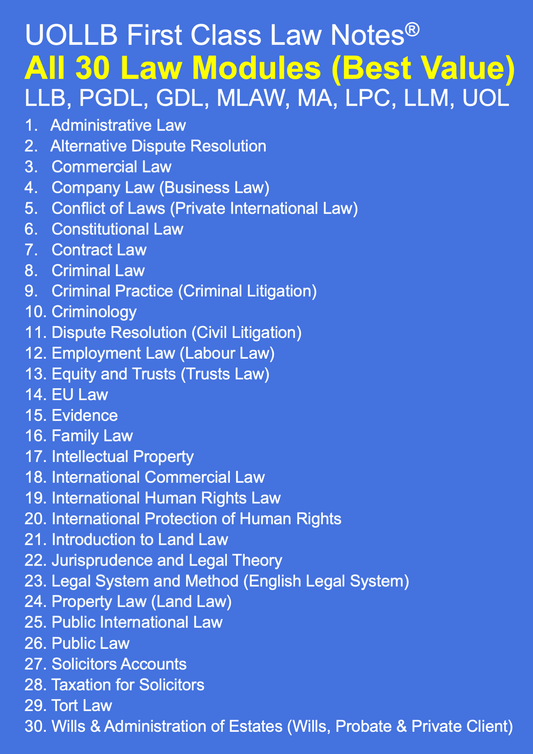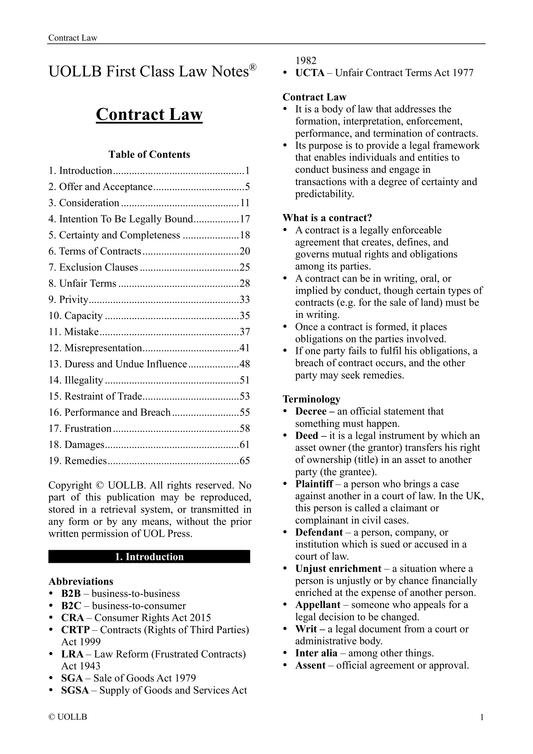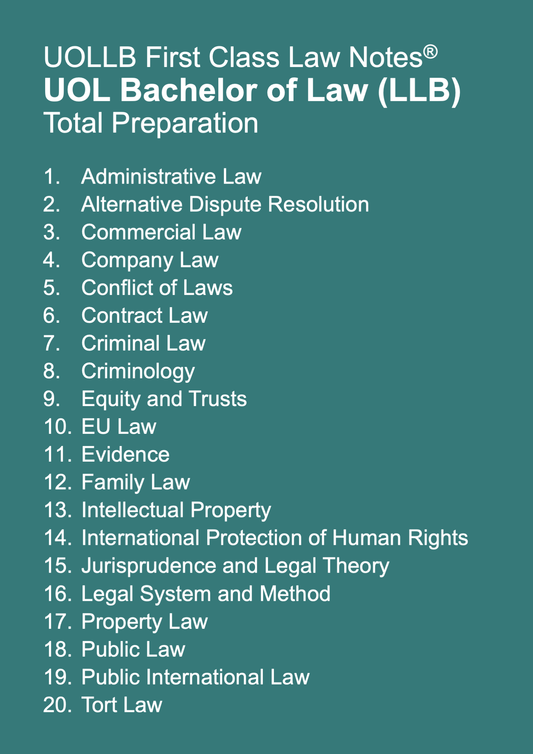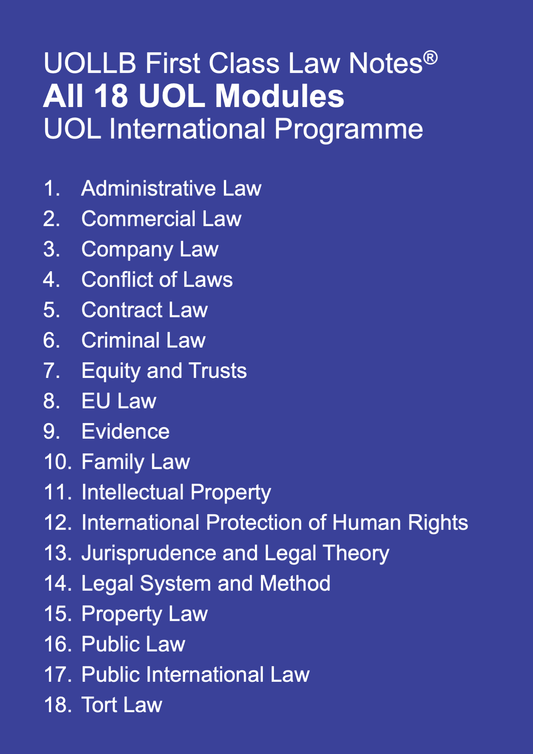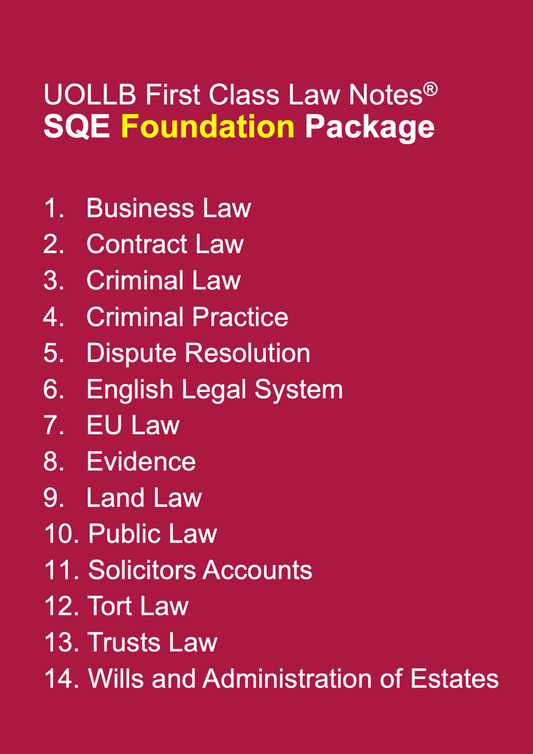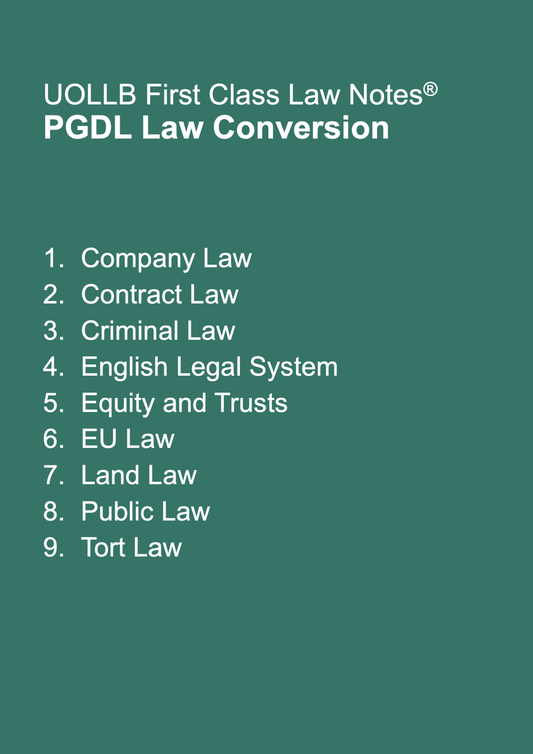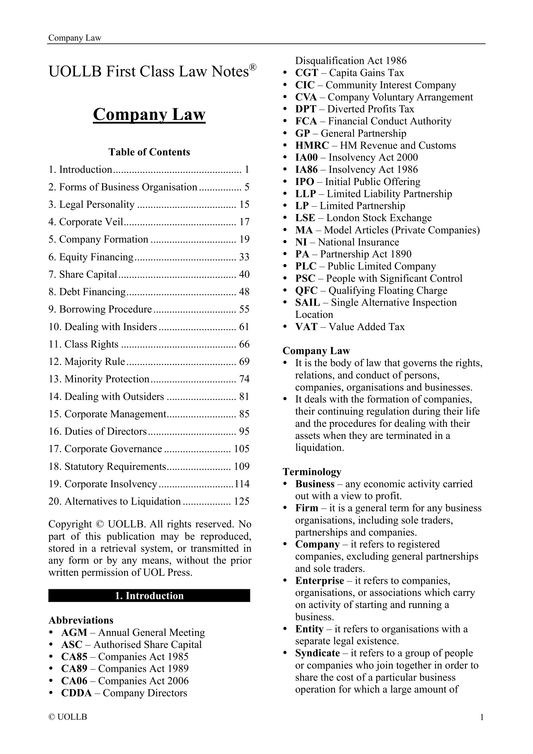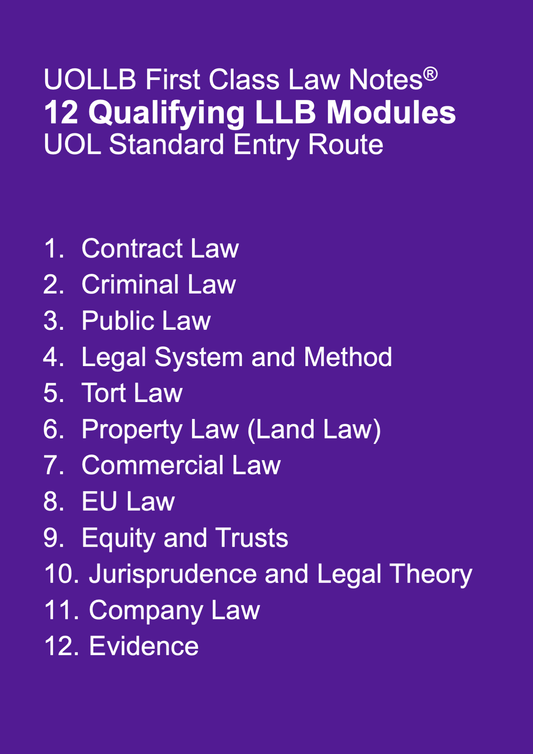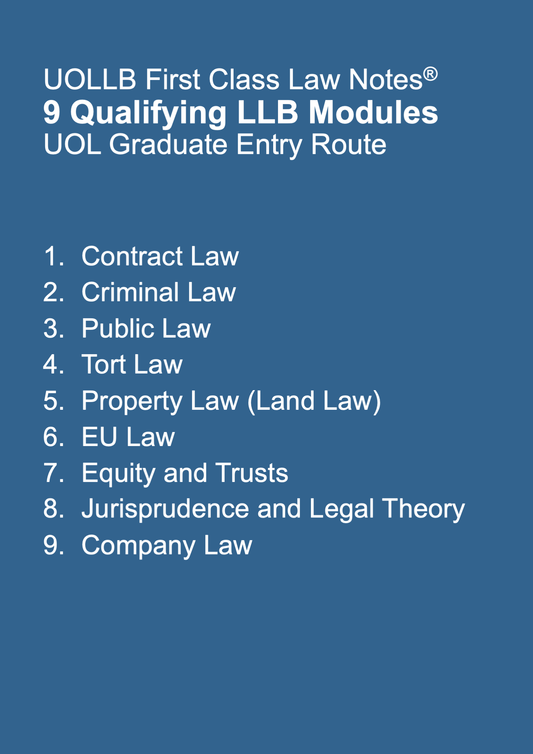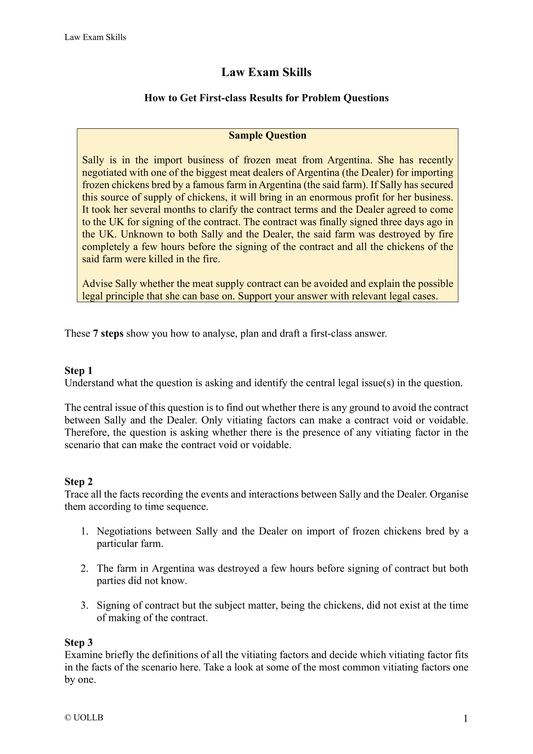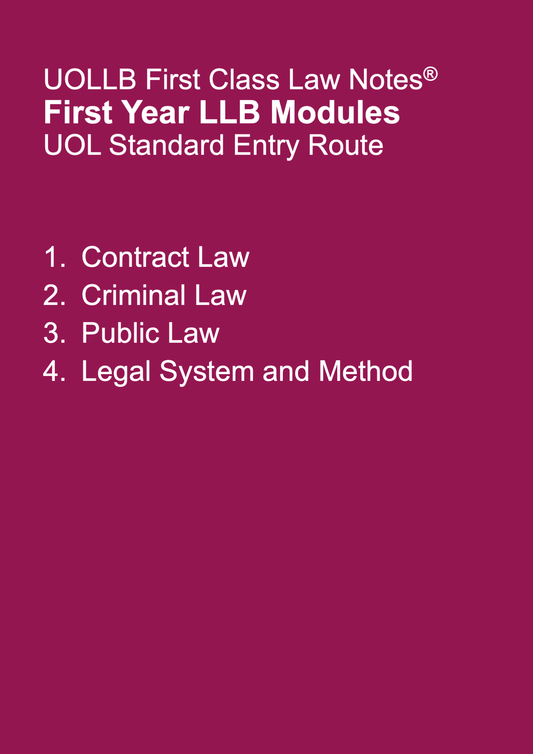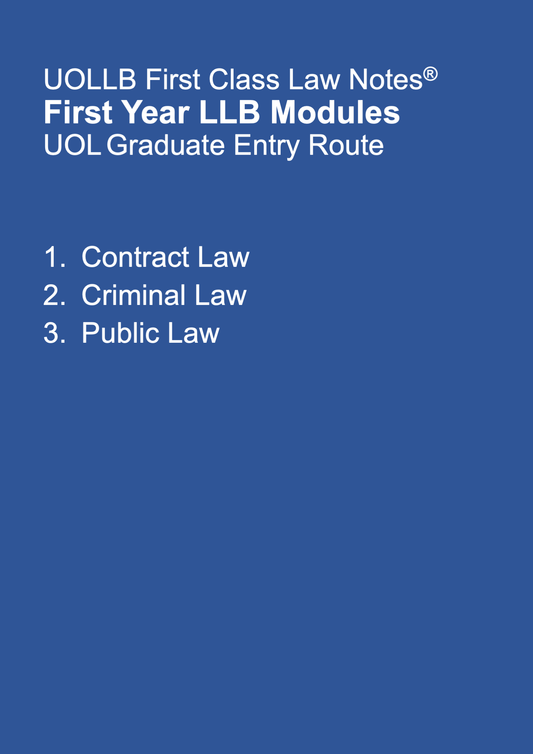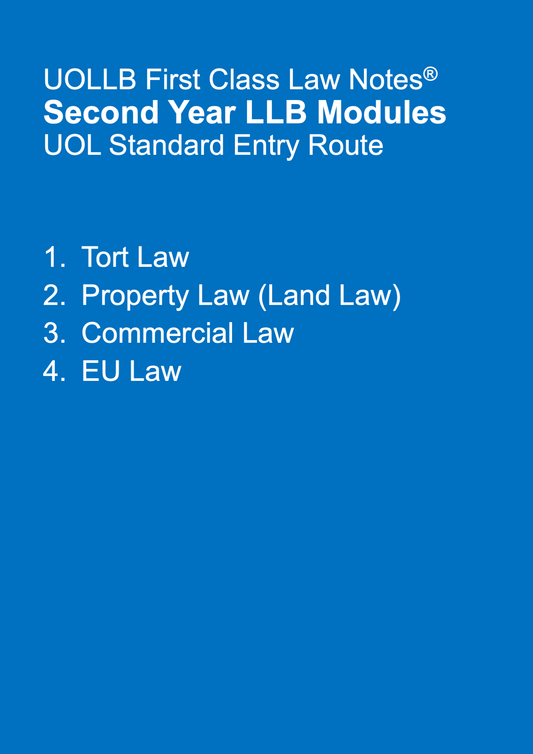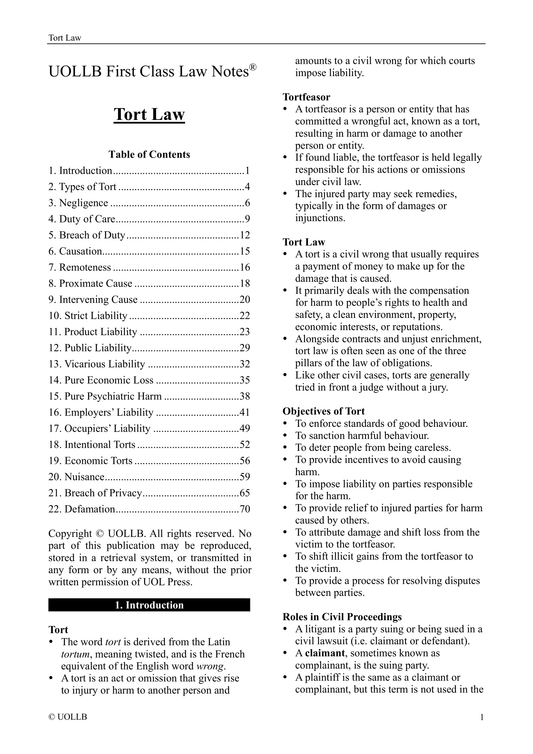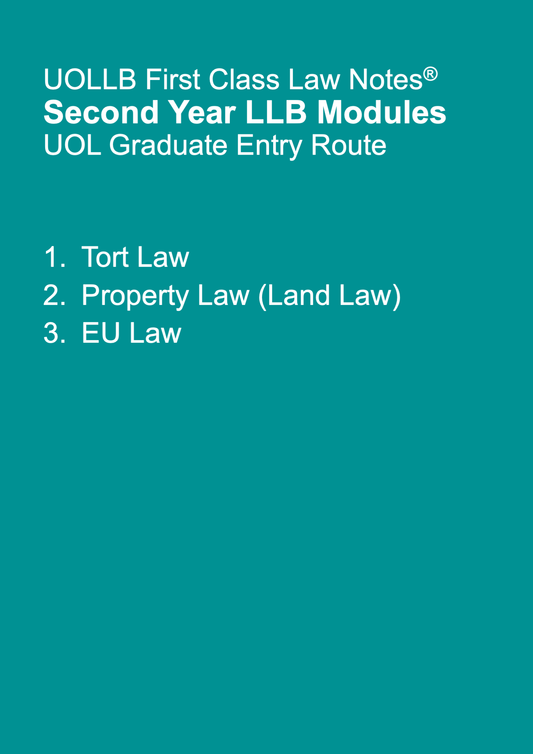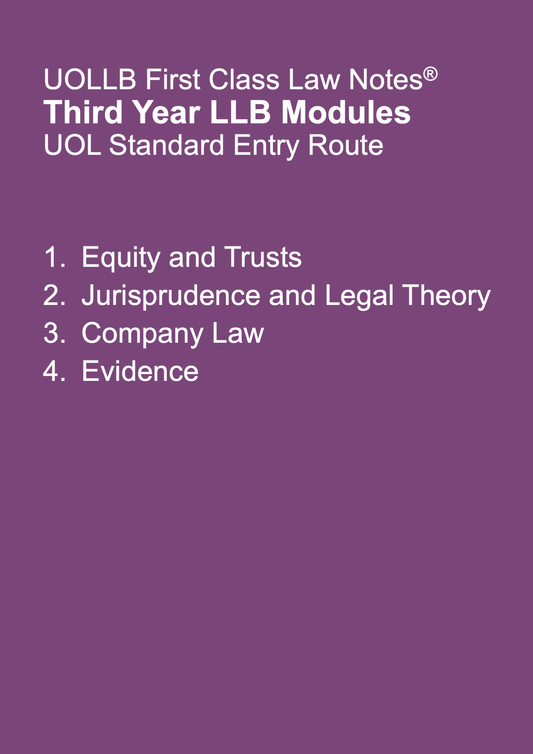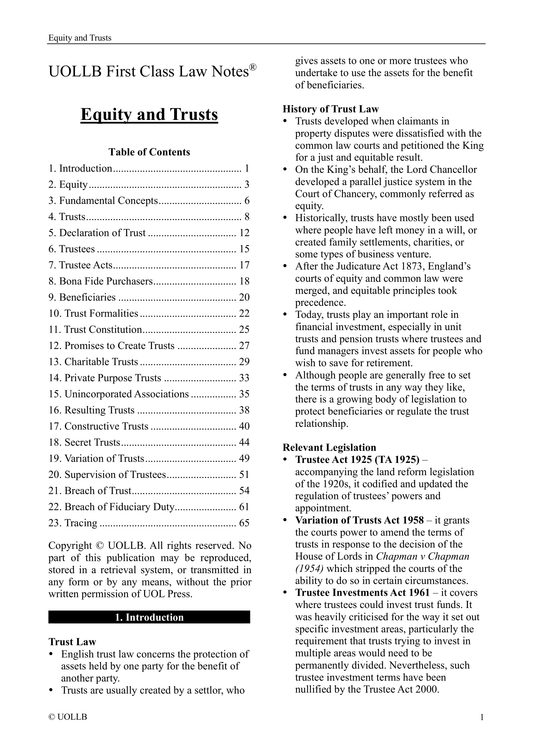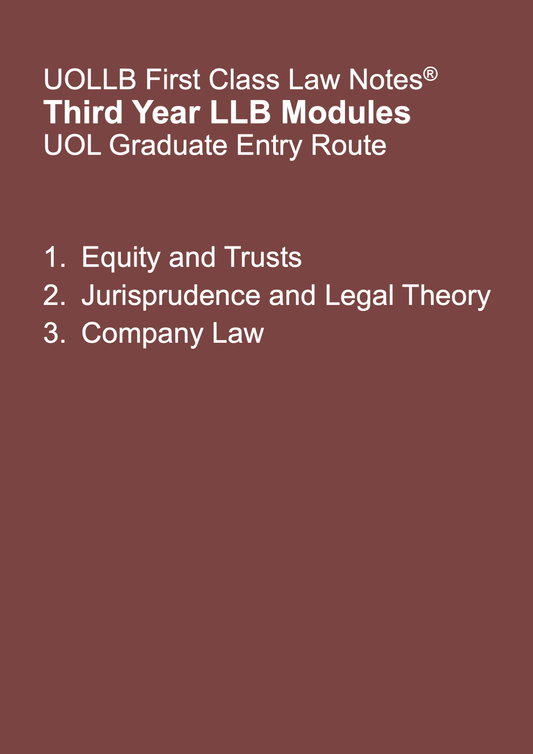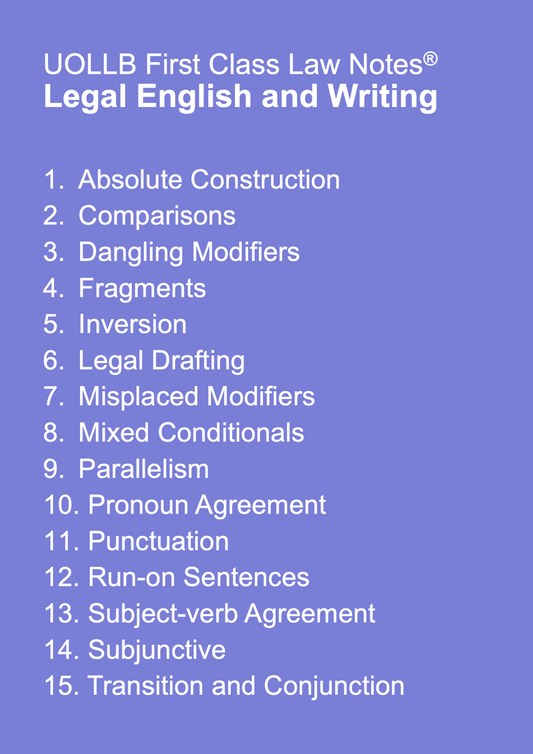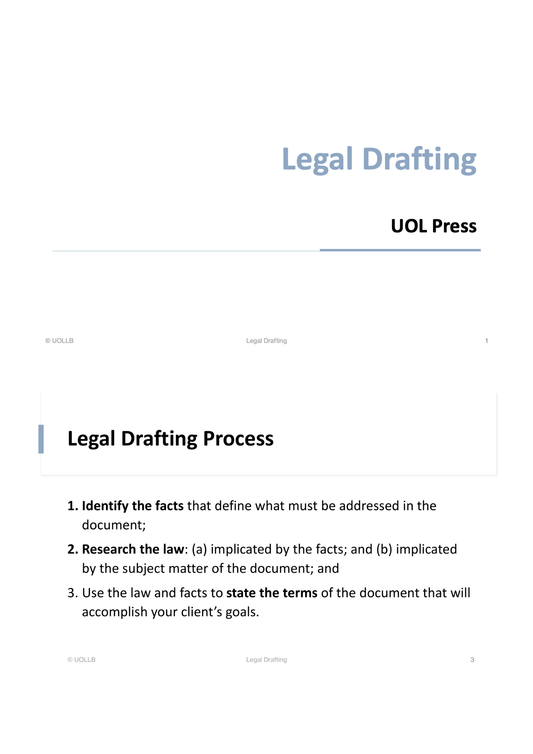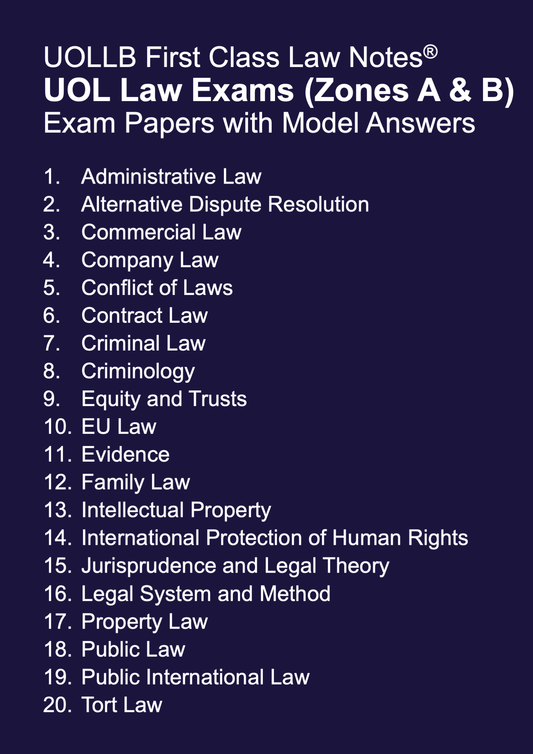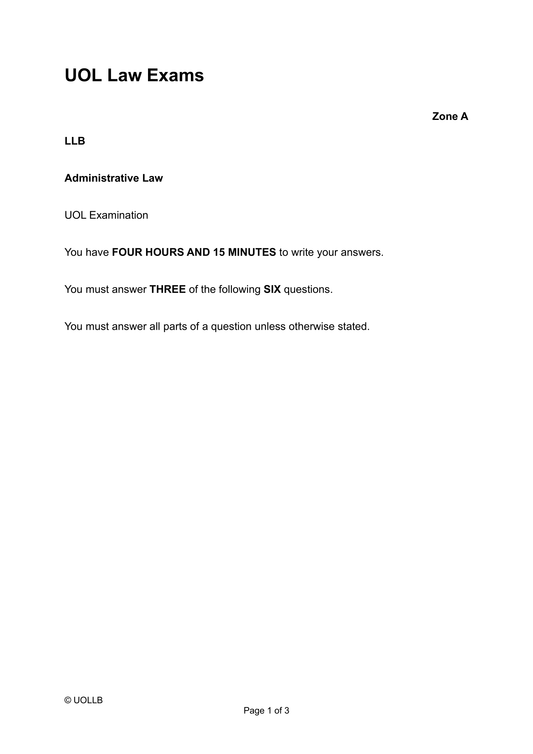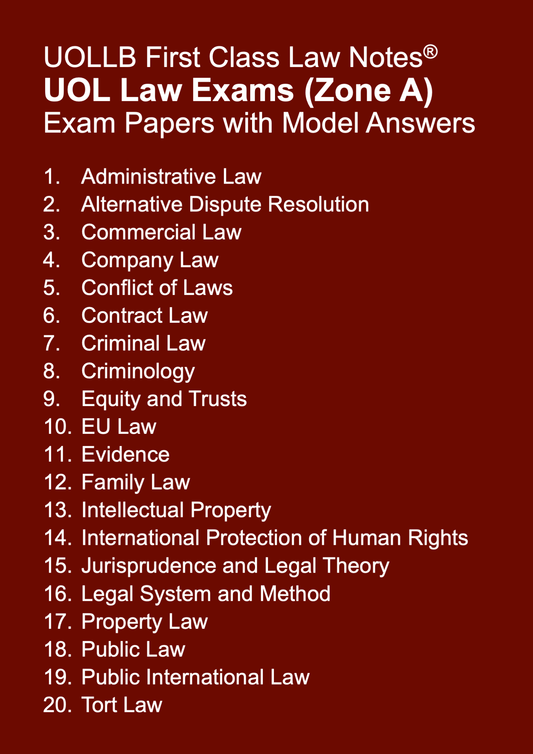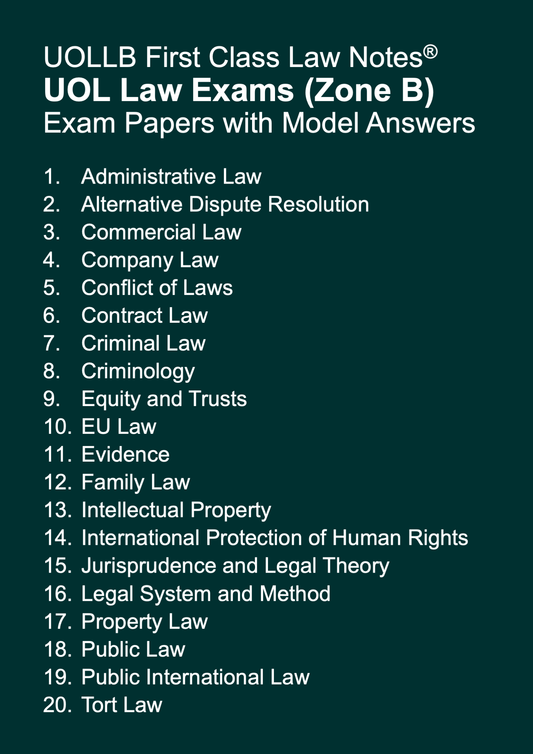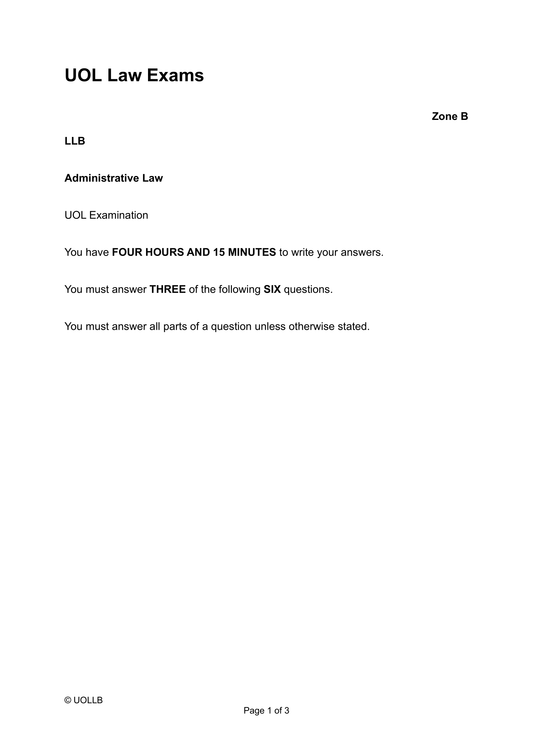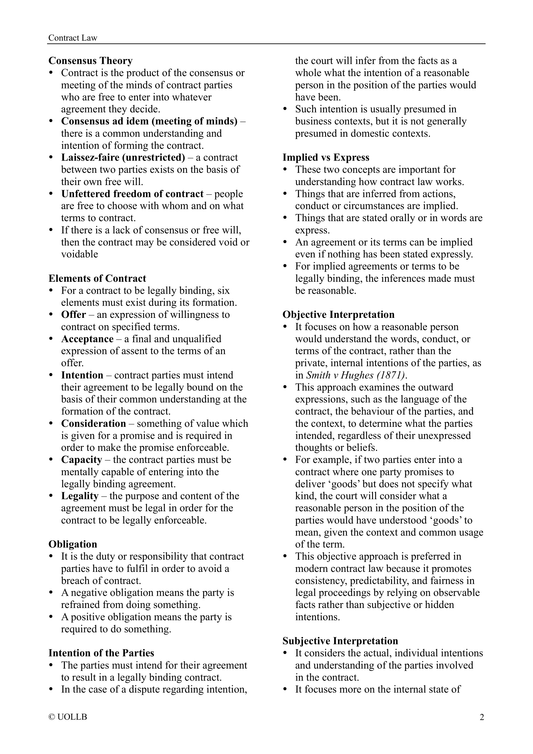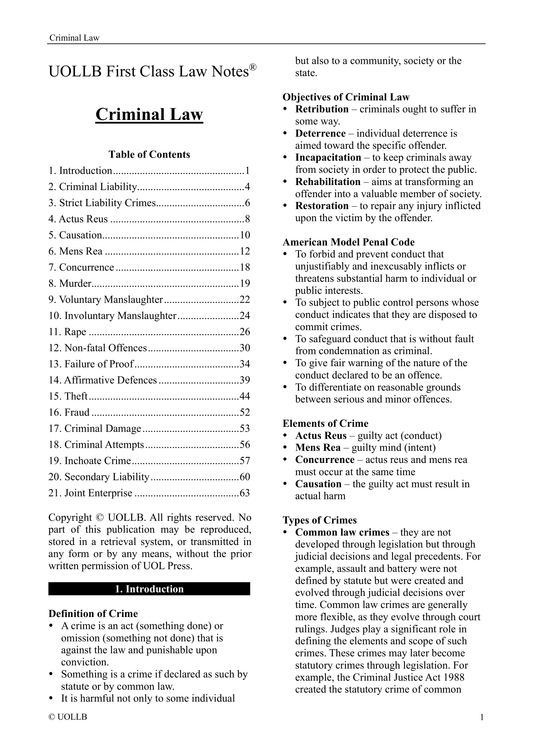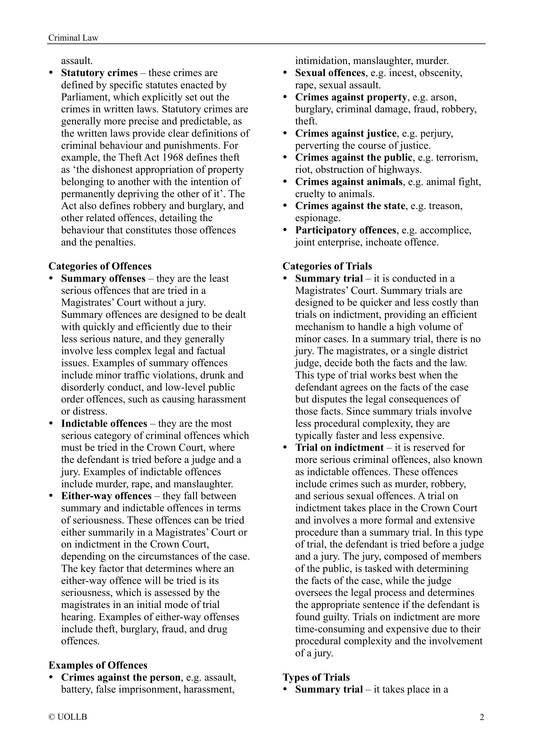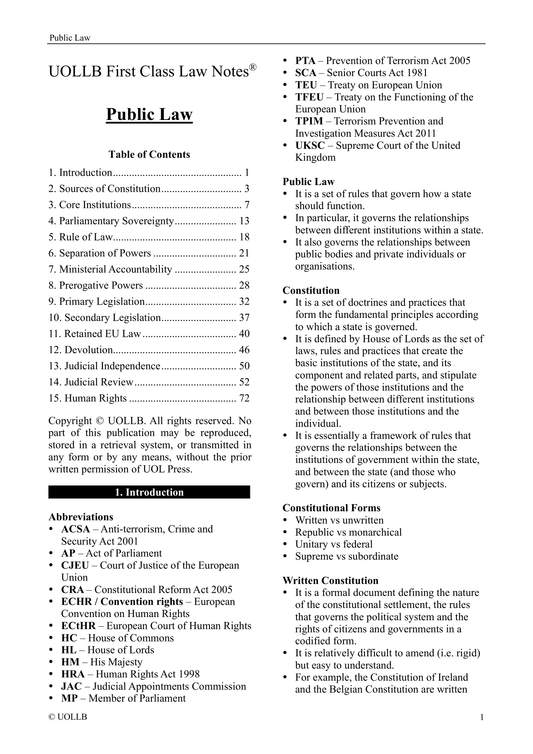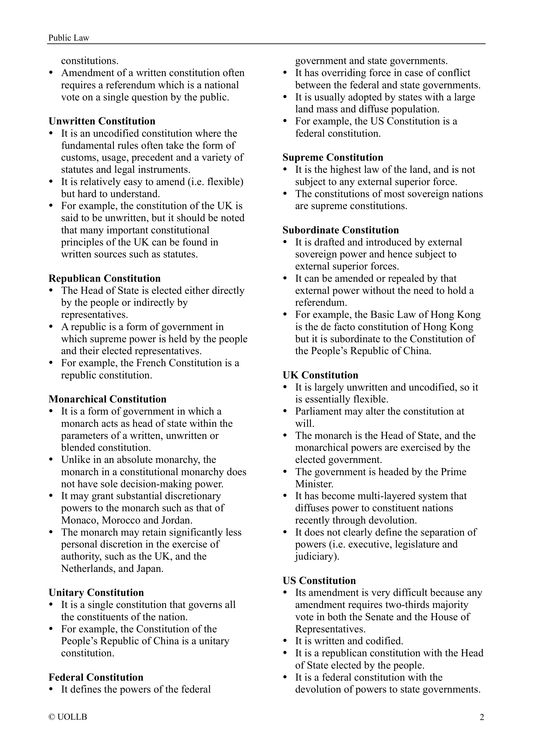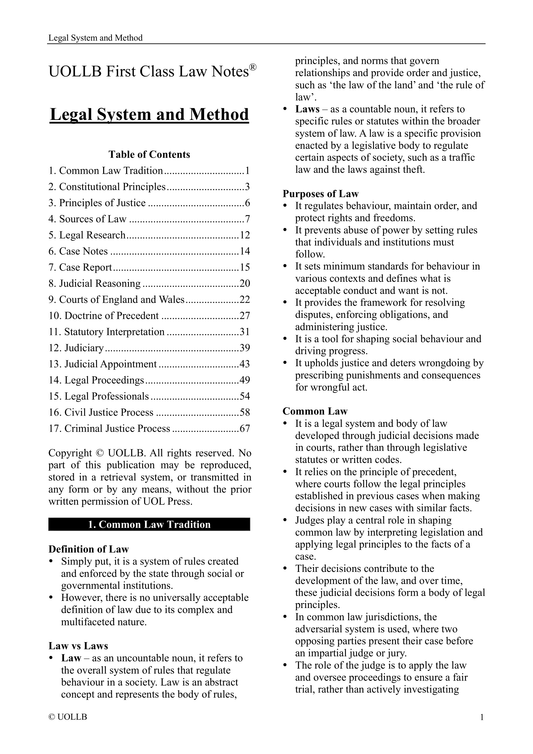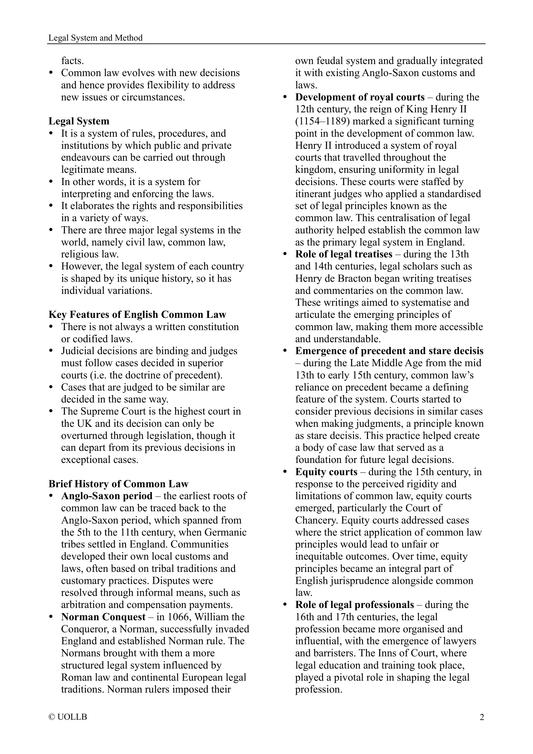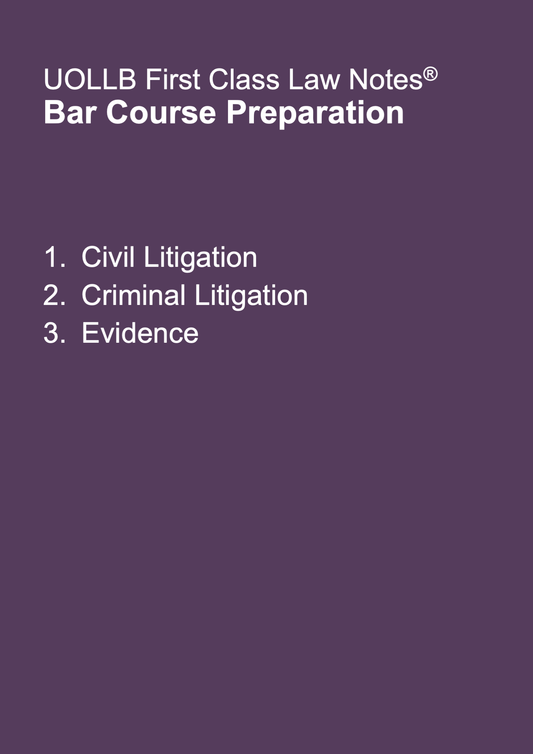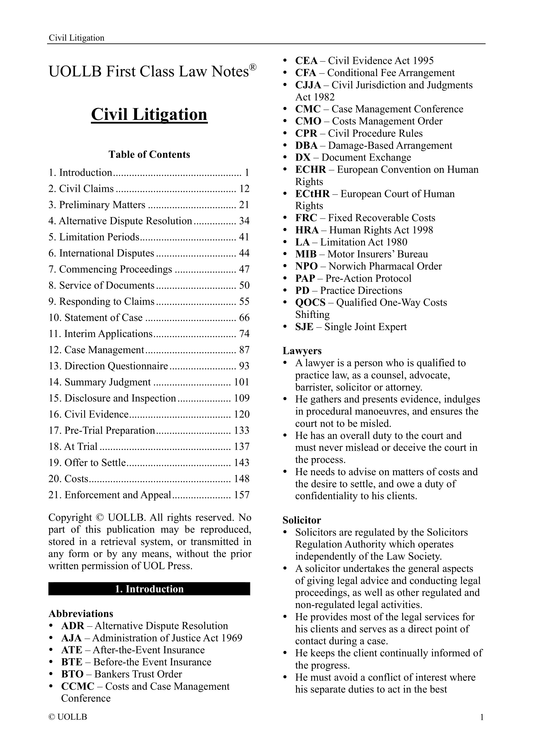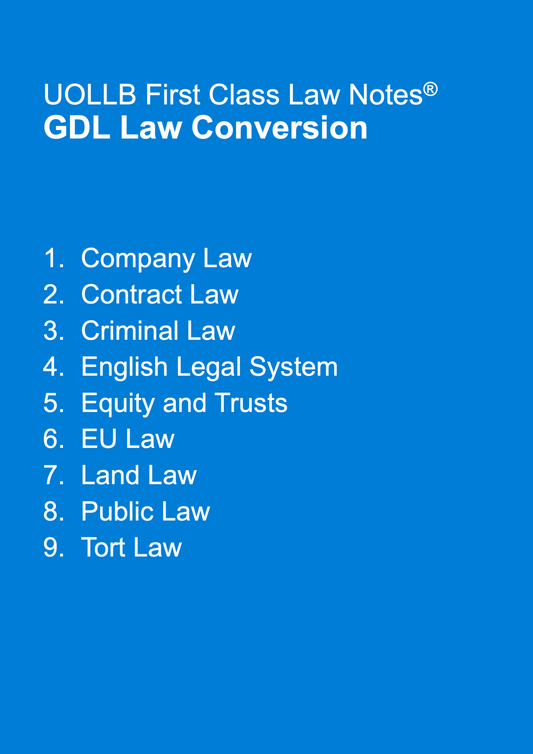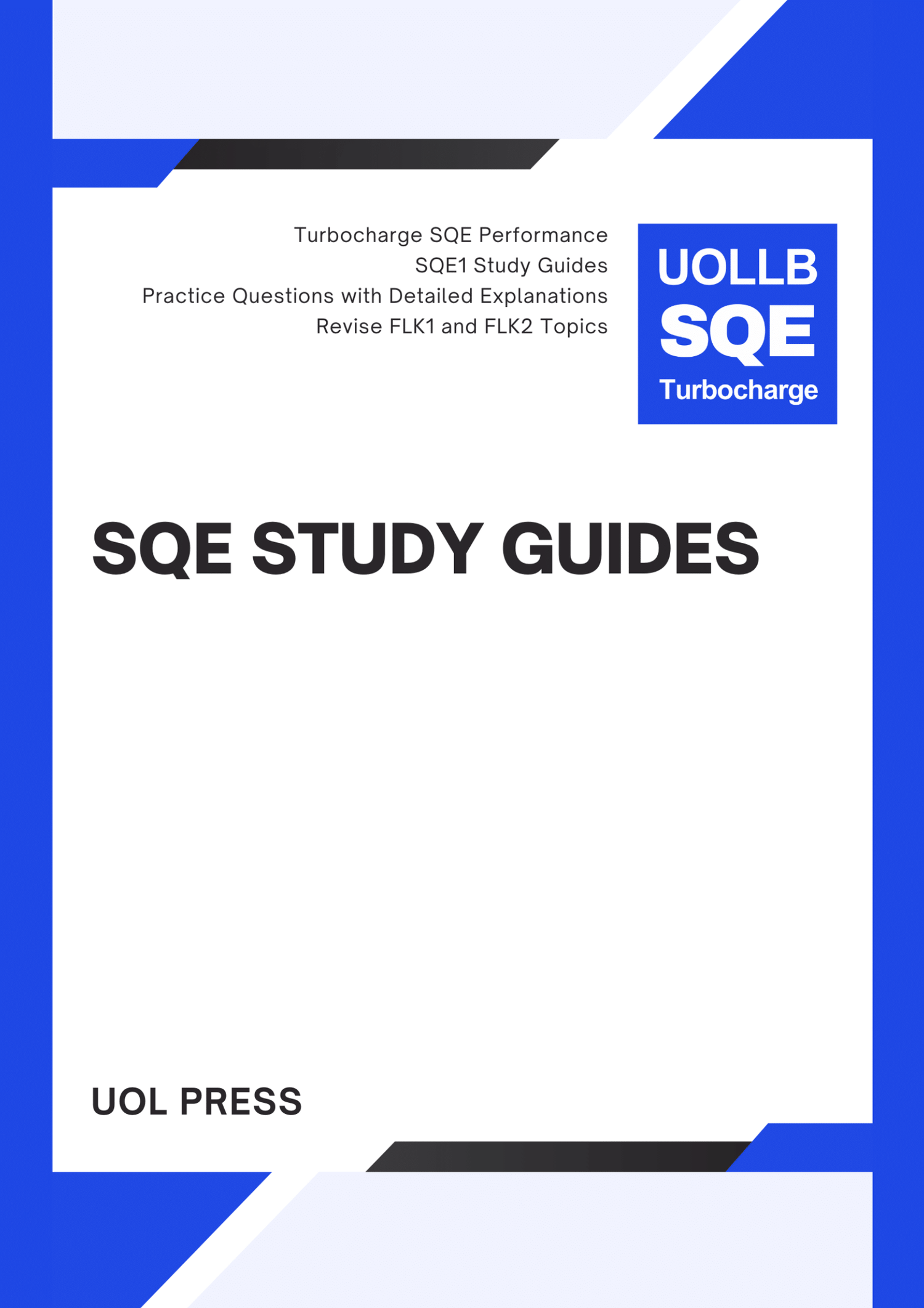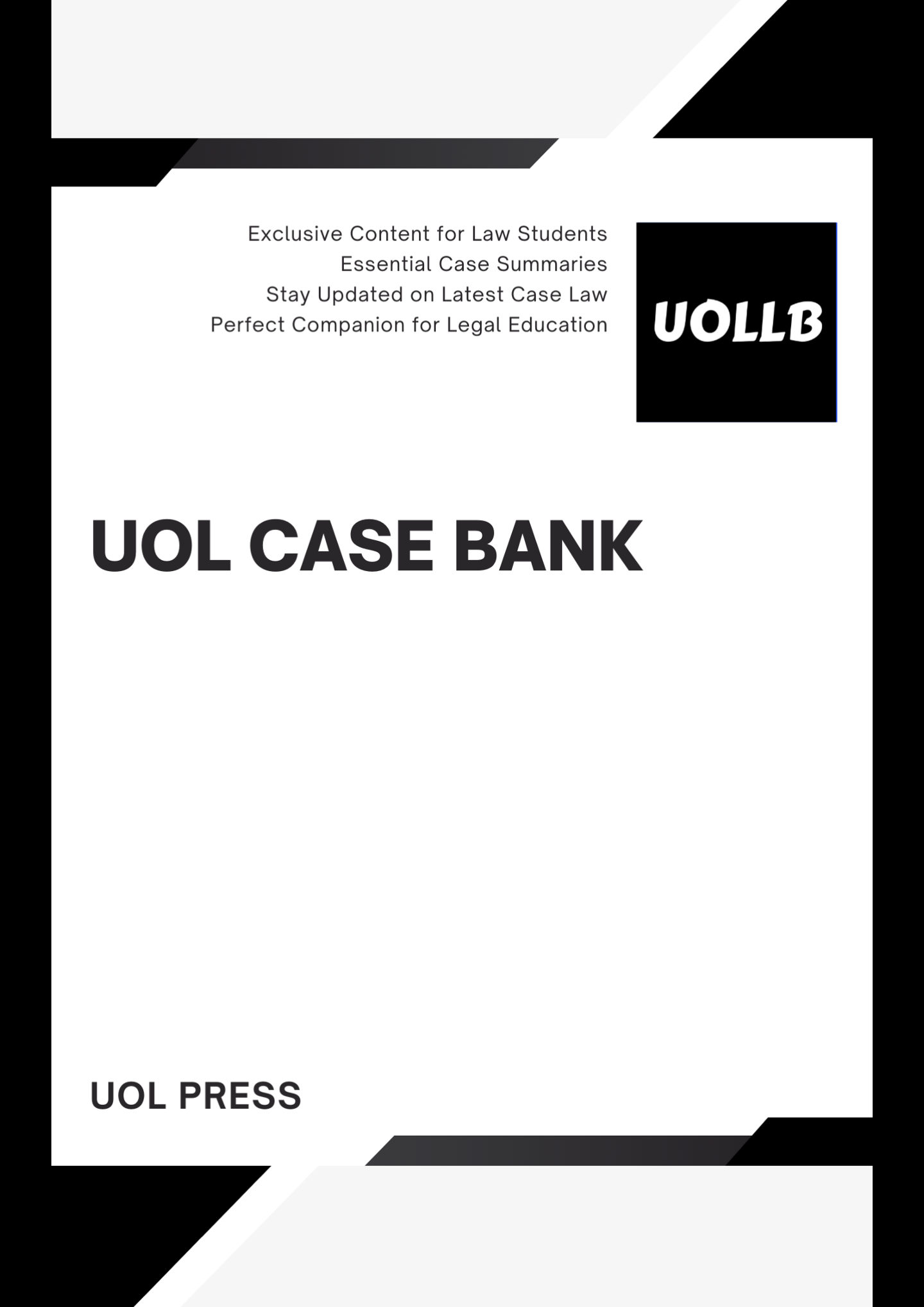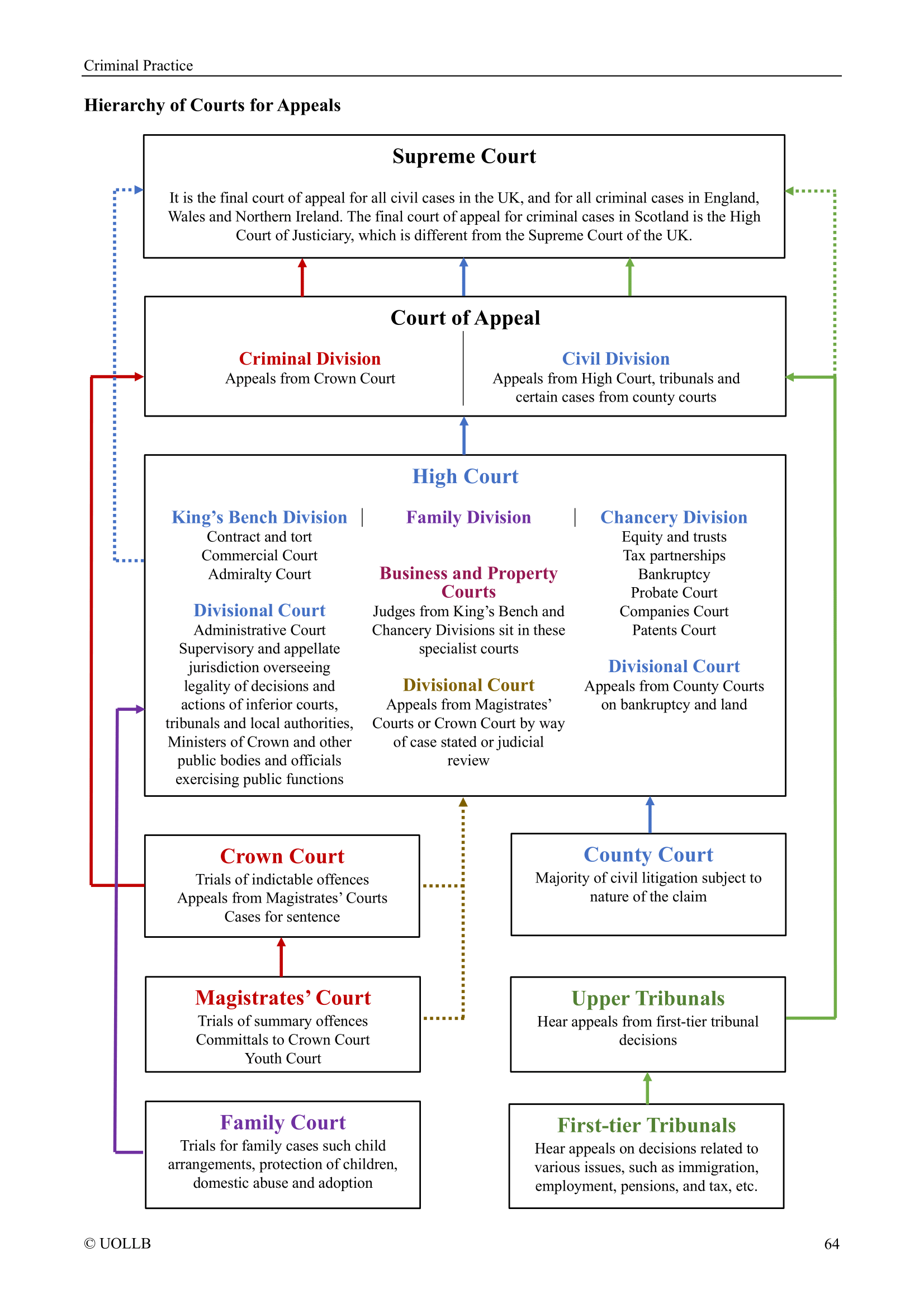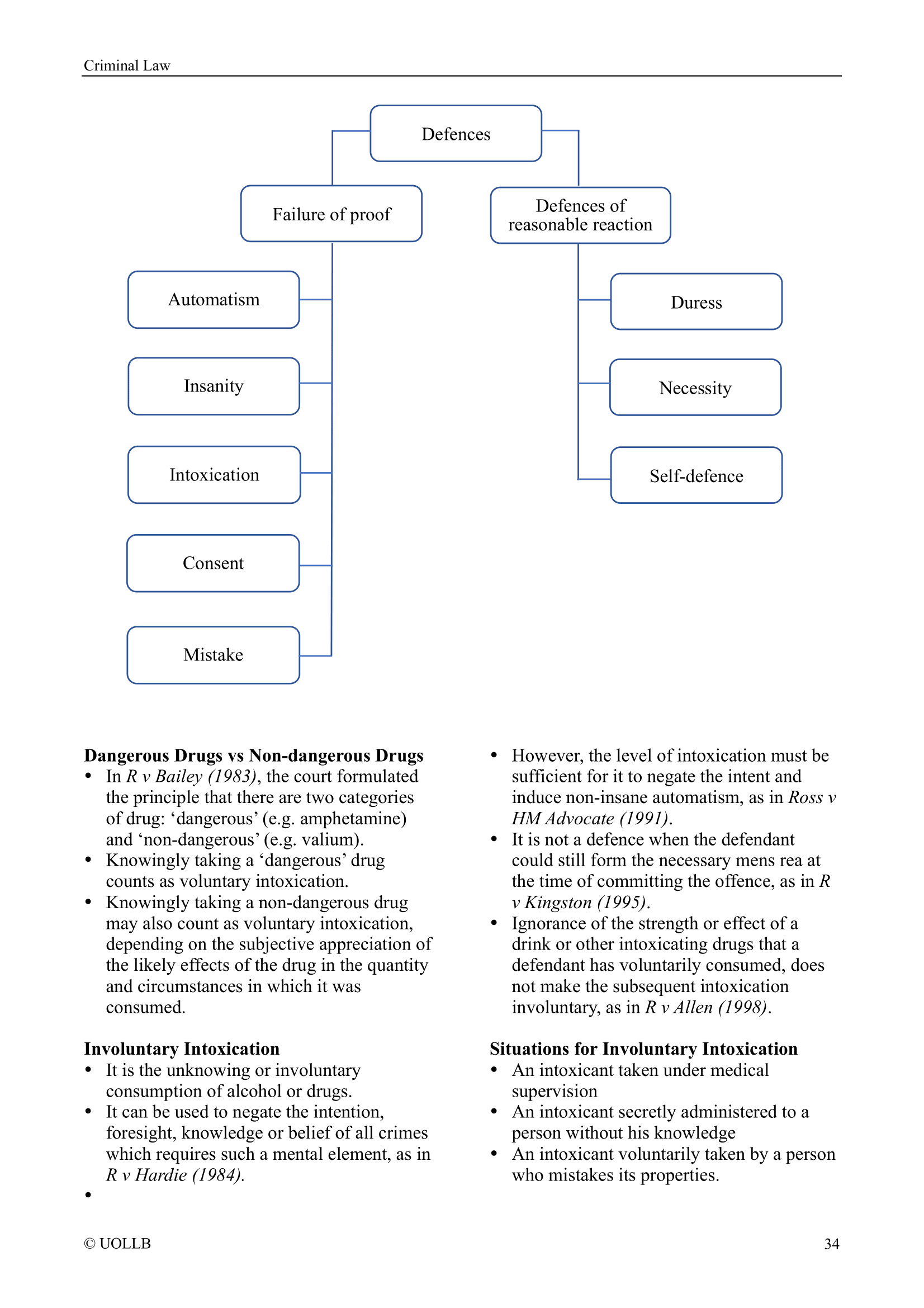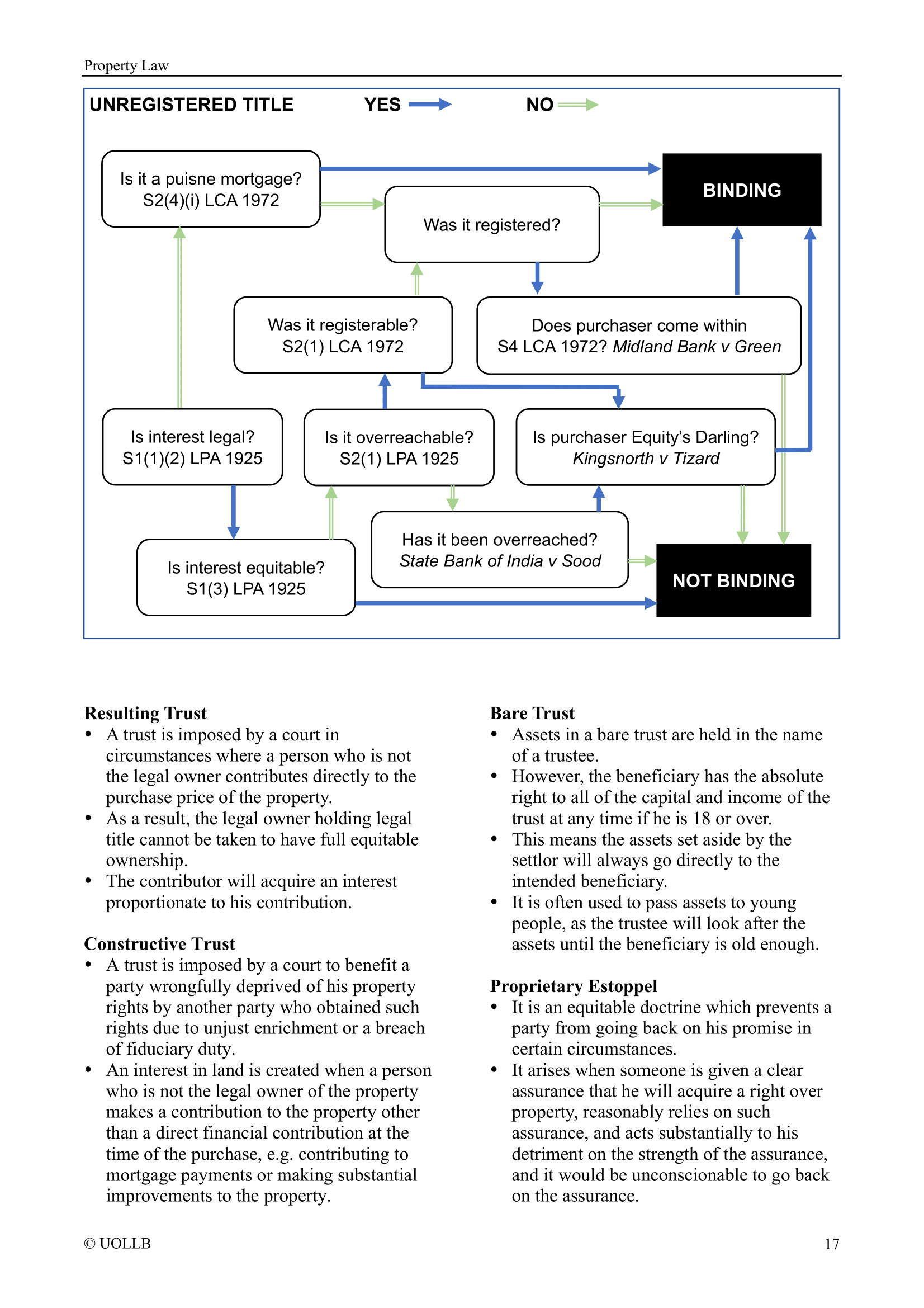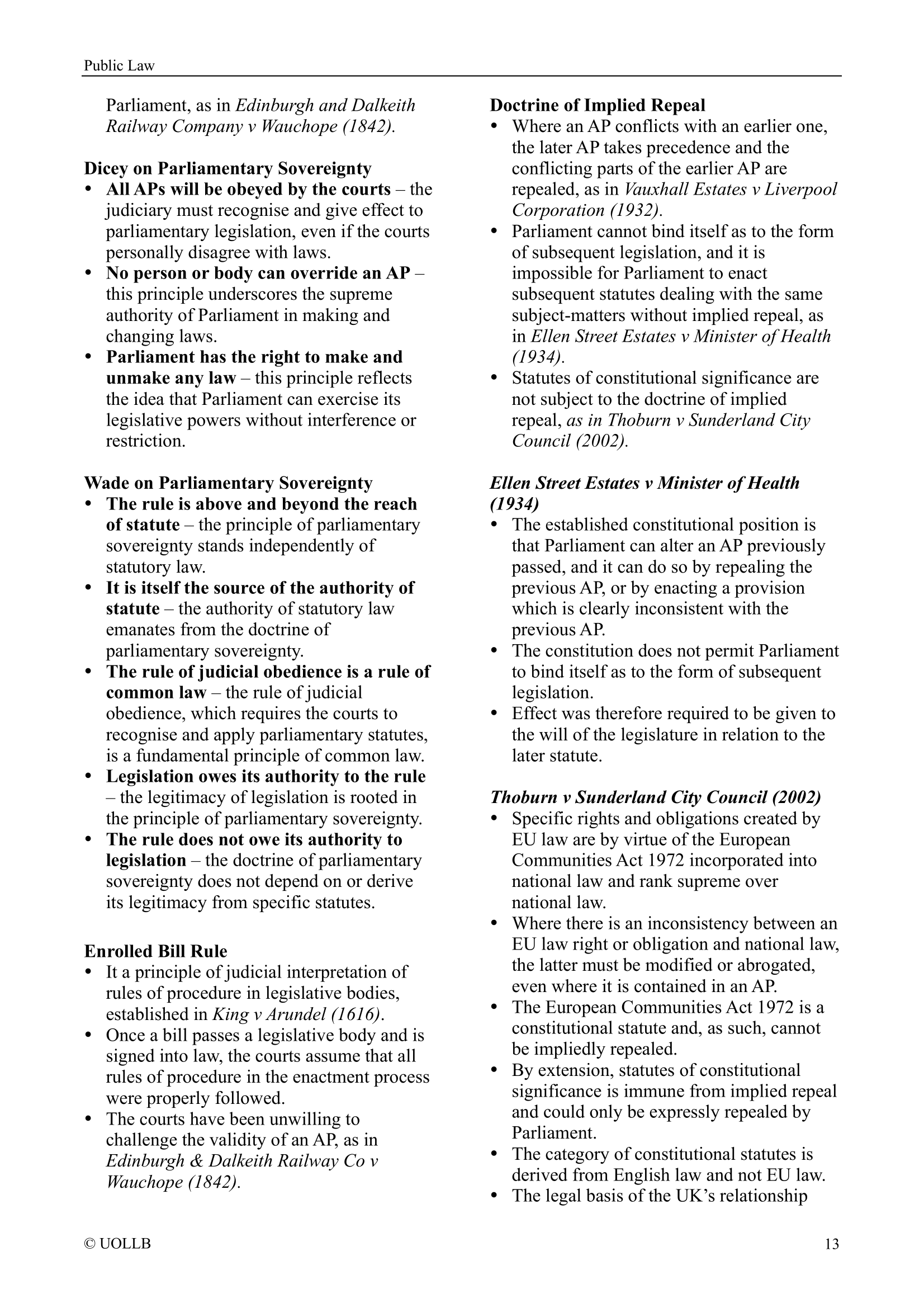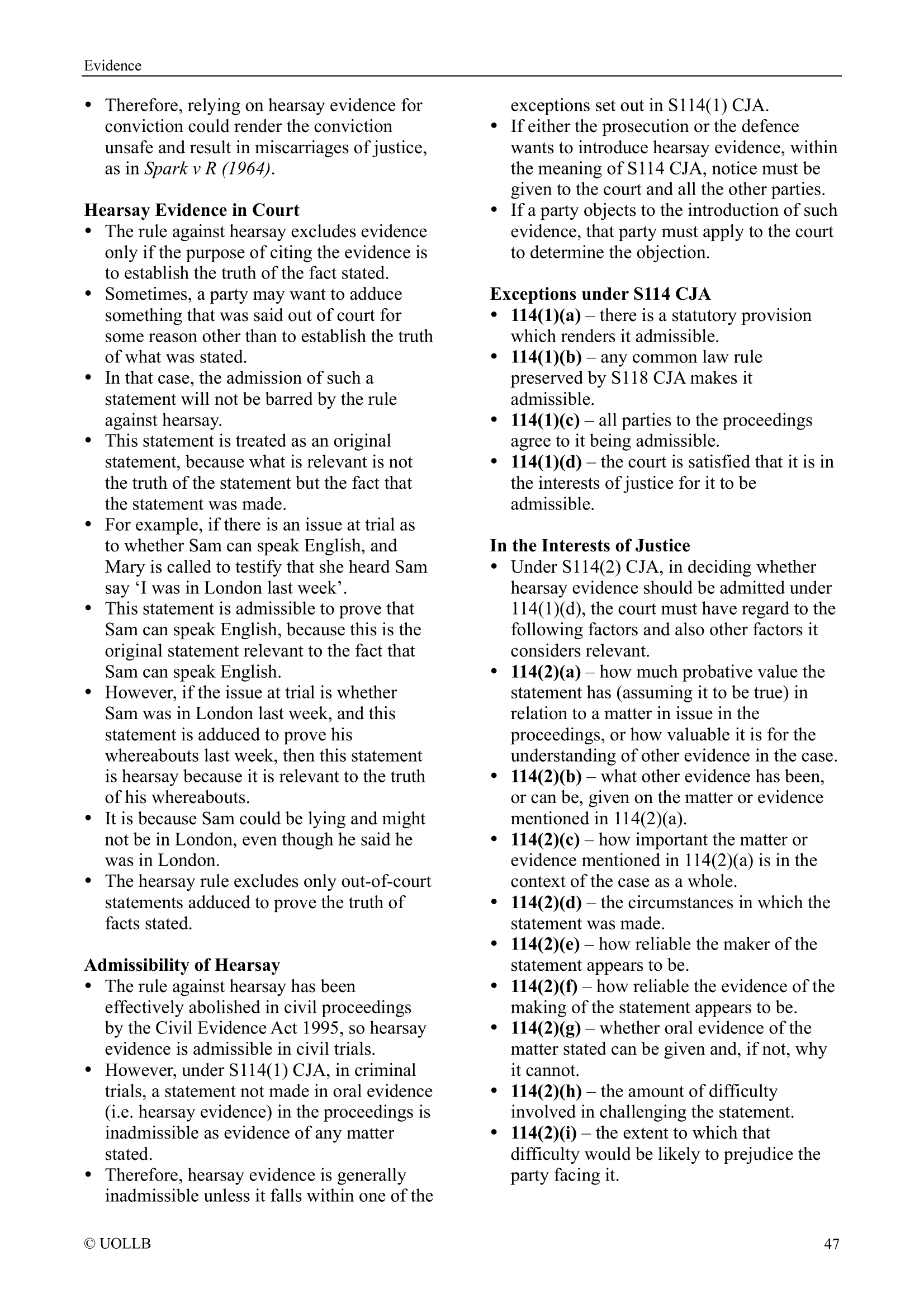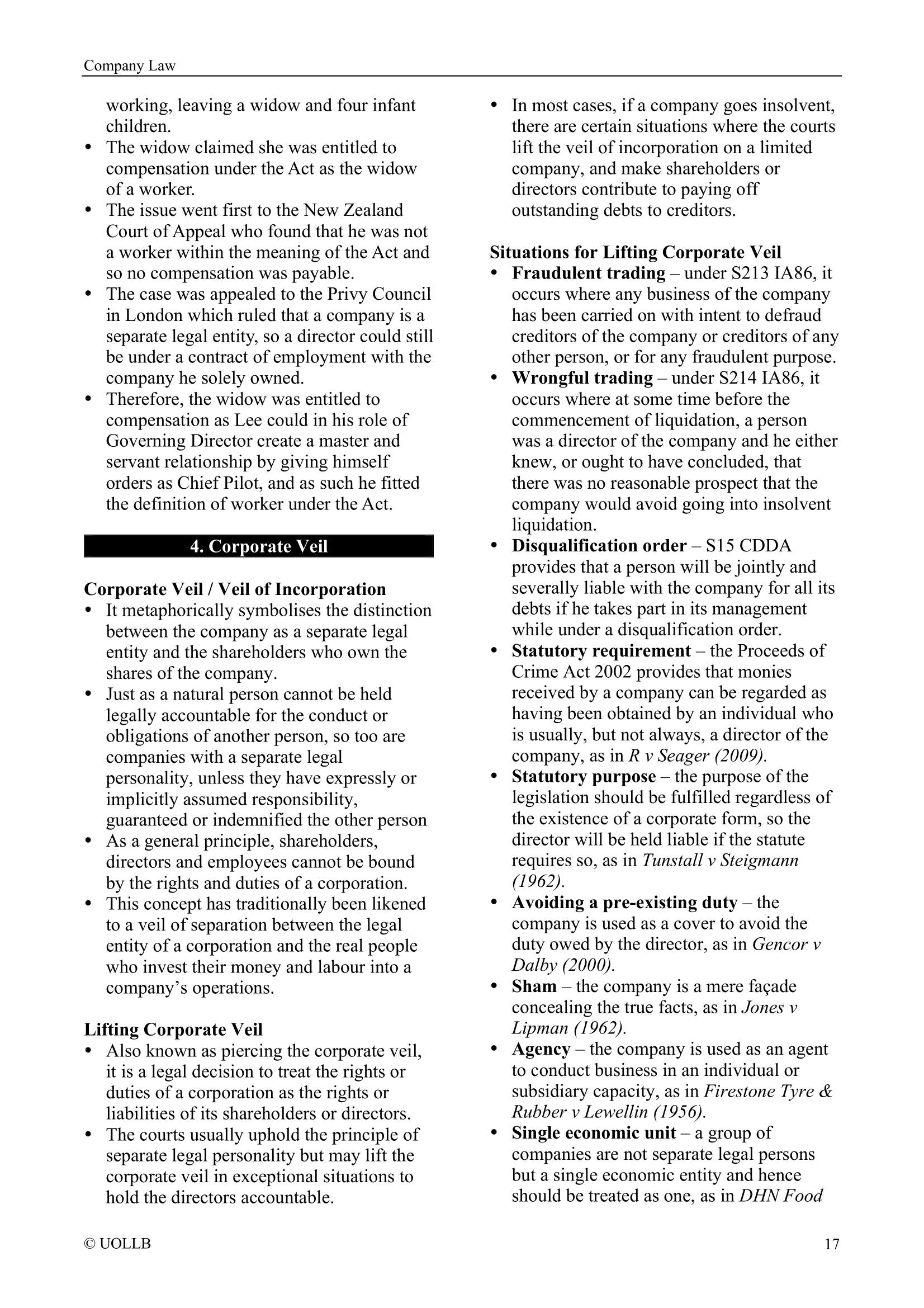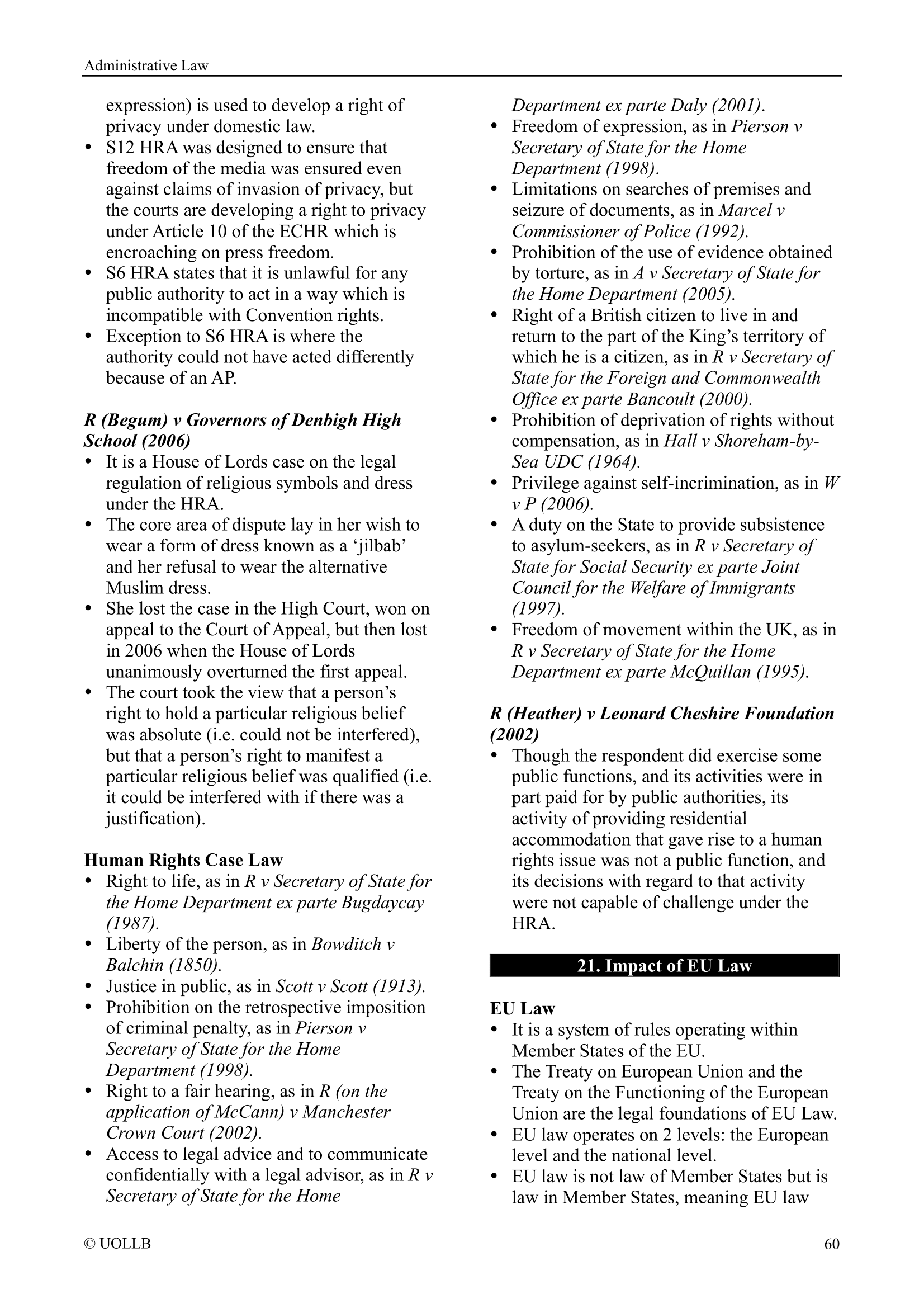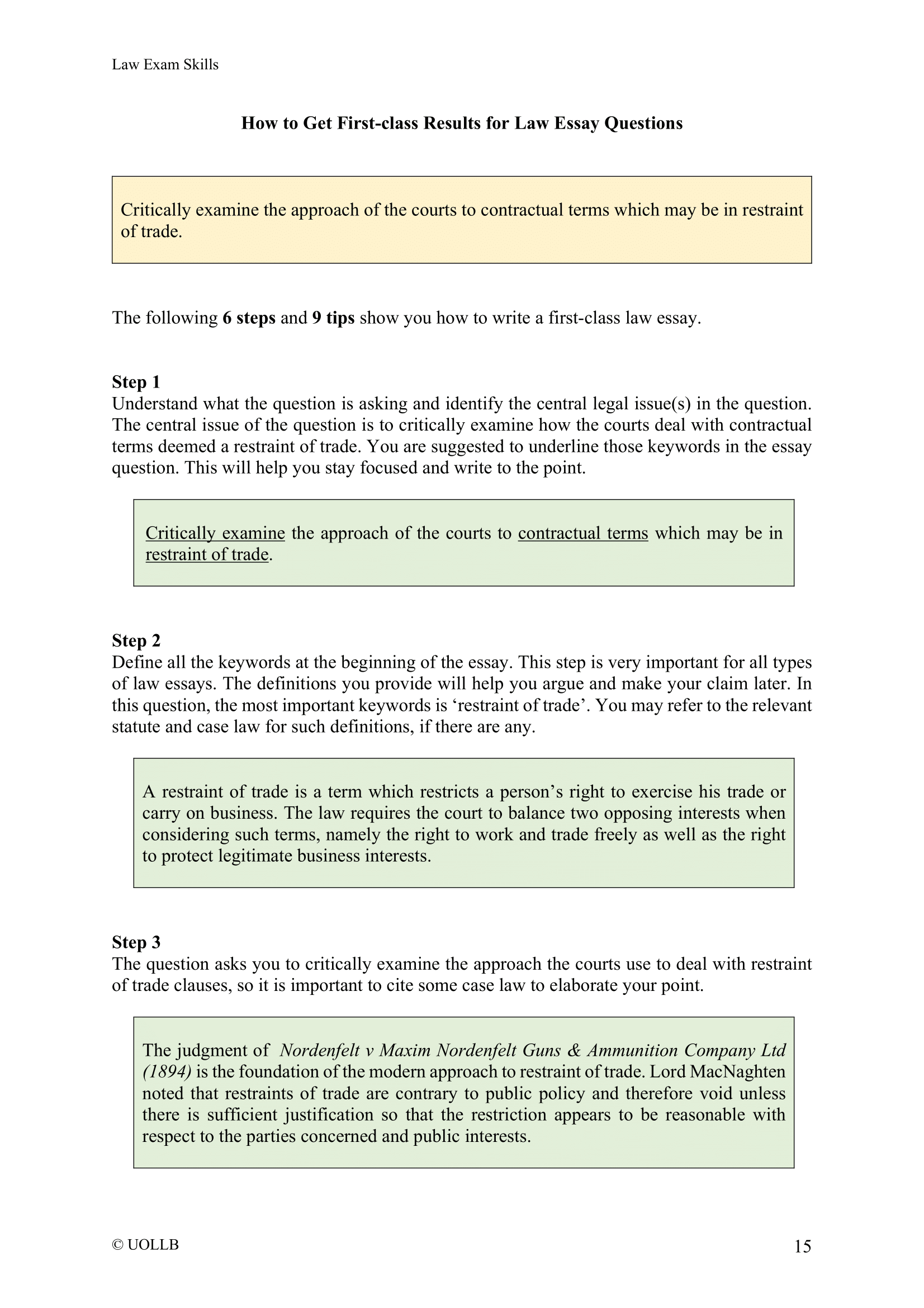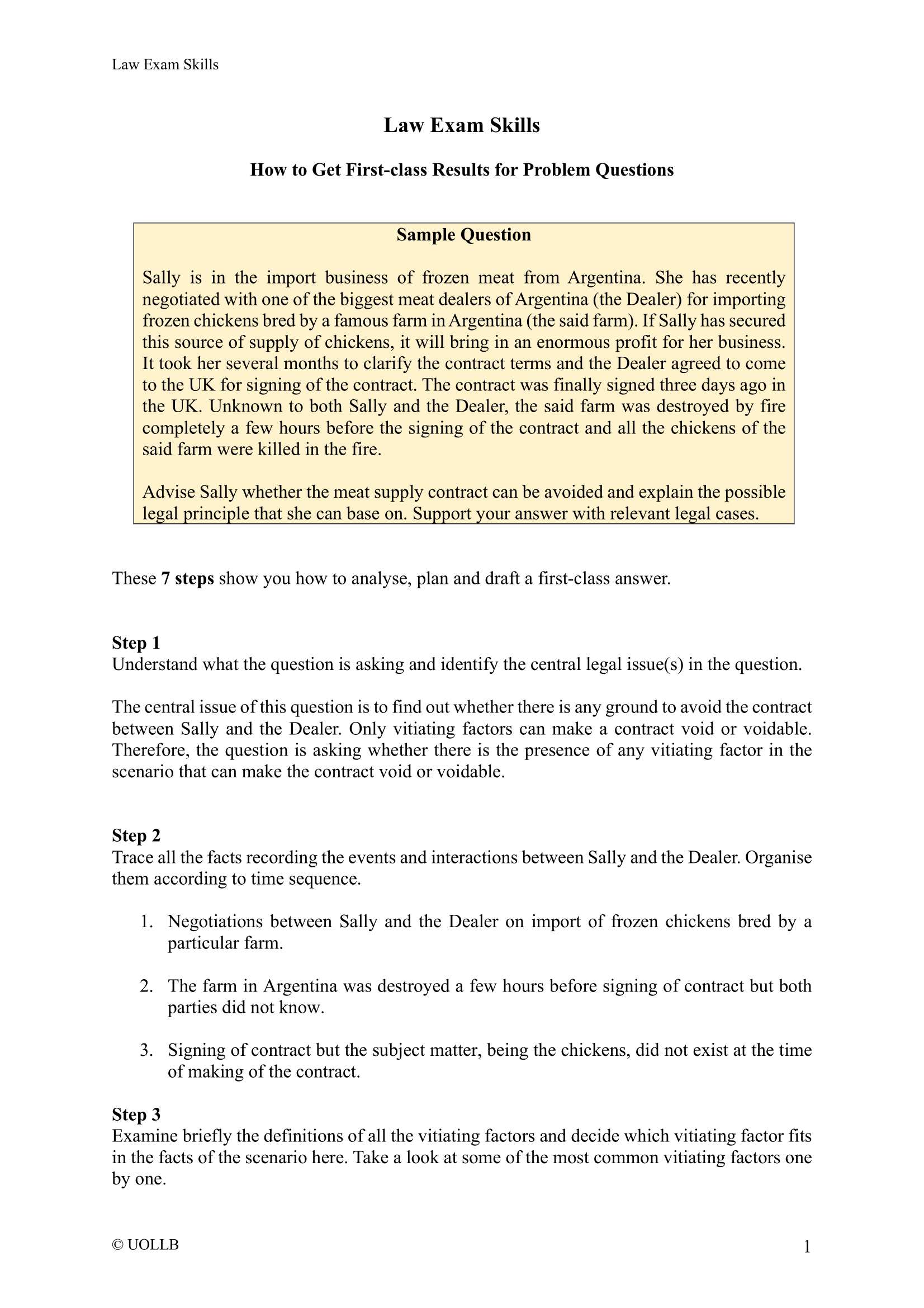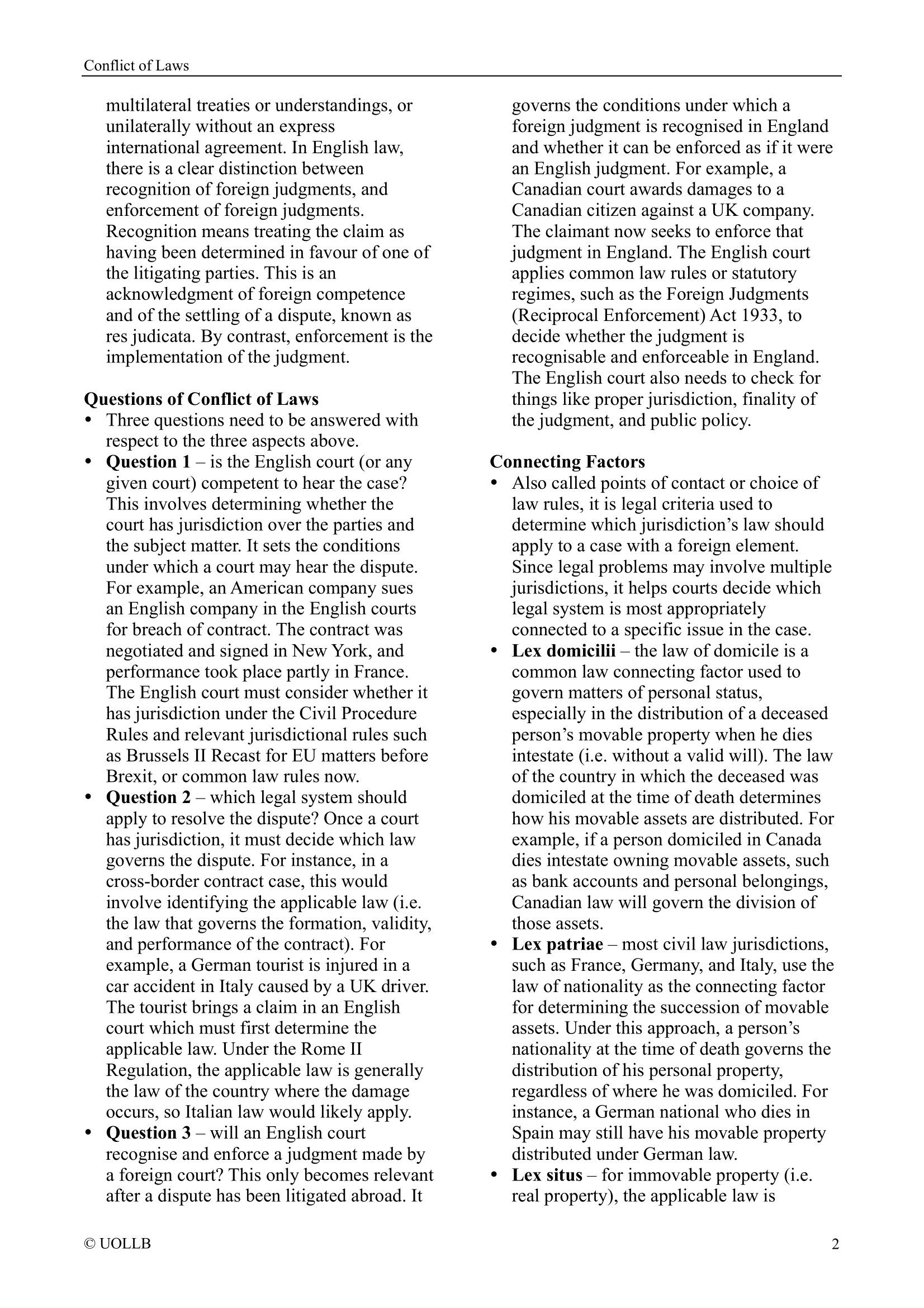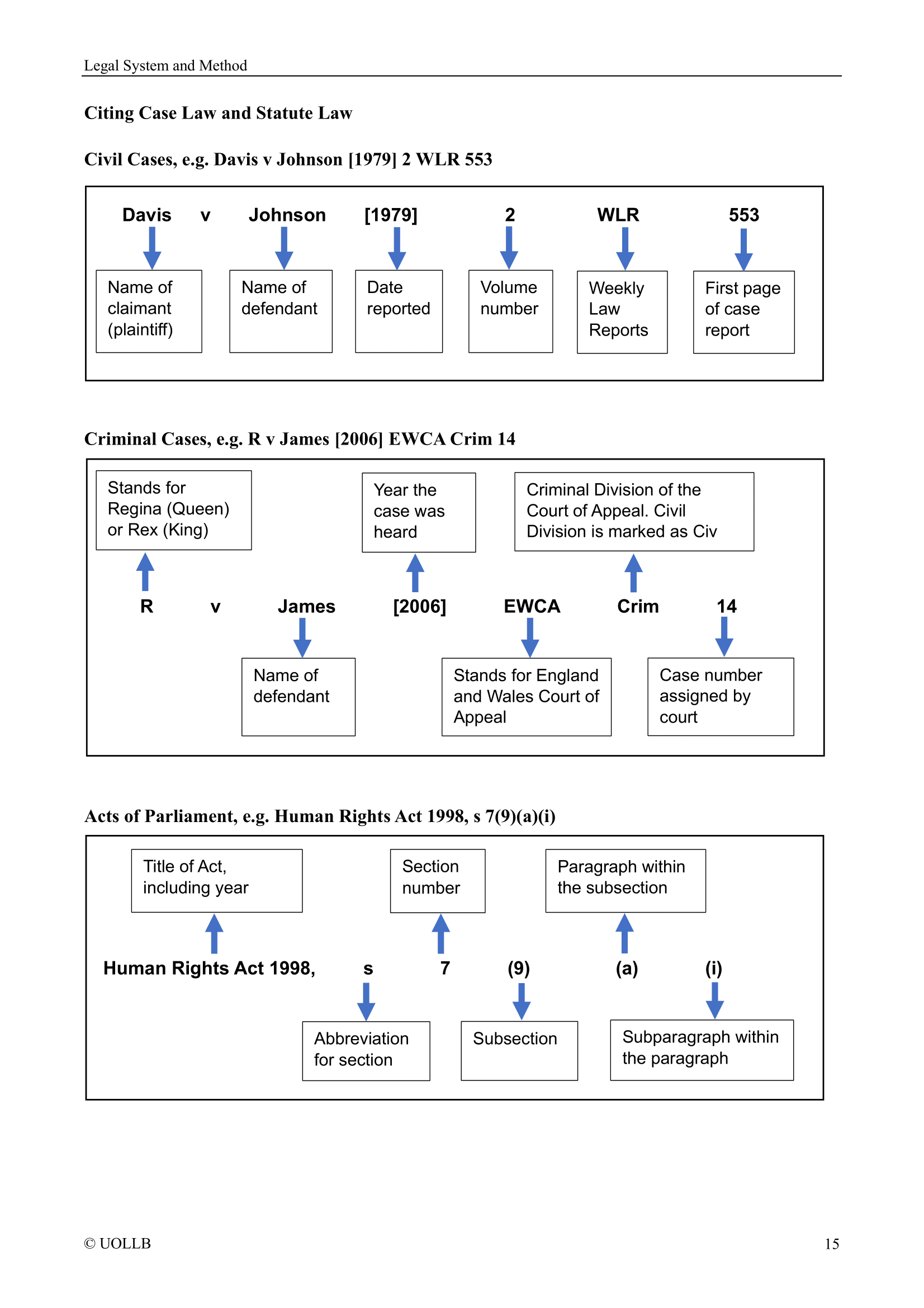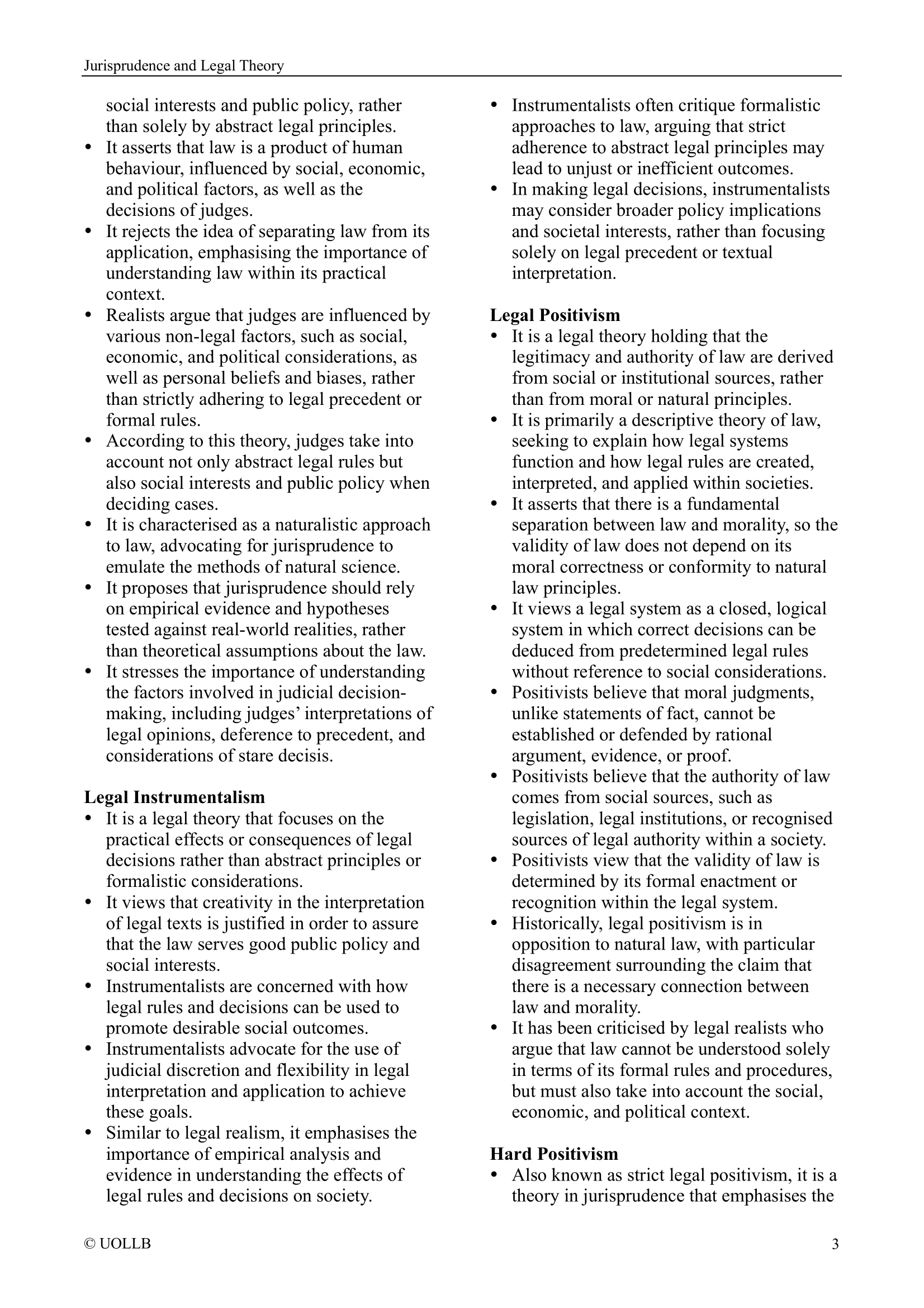Roe v Minister of Health [1954]
Share
Roe v Minister of Health [1954] 2 All ER 131 is a landmark English tort law decision from the Court of Appeal, renowned for its significant influence on the common law across various jurisdictions. Central to this case is an exploration of negligence in medical treatment, with a focus on critical legal considerations such as the duty of care, foreseeability of harm, and the prevailing scientific knowledge at the time.
In 1947, the plaintiffs, Roe and Woolley, underwent surgery at Chesterfield Hospital under the oversight of the Minister of Health. The surgical procedure involved the administration of Nupercaine, an anaesthetic, through a lumbar puncture. Unbeknownst to the medical staff, the glass ampoules containing the anaesthetic had micro-cracks that were invisible to the naked eye, allowing phenol contamination. This contamination led to permanent paraplegia for the patients, later identified as caused by an acidic descaler that remained in the sterilising water boiler.
The legal landscape at the time required establishing a duty of care, a breach of that duty, and a direct causal link between the breach and the resulting harm for a finding of negligence. The court applied an objective test, considering the actions of a "reasonable man" in the same situation. Importantly, the court emphasised the need to assess actions based on the knowledge and standards existing at the time of the incident, avoiding the use of hindsight.
In the judicial perspectives presented during the case, Denning LJ cautioned against viewing the 1947 incident with the benefit of later knowledge, stressing that the micro-cracks were unforeseeable given the prevailing scientific understanding of the time. The court concluded that the medical professionals involved had adhered to the standards of care applicable in 1947, and changes in practice over time demonstrated the profession's responsibility in self-regulation.
Somervell LJ highlighted that the risk of phenol contamination through undetectable cracks was not appreciated by competent anaesthetists in 1947. Dr Graham, the anaesthetist in question, was deemed not negligent based on the standard of knowledge prevalent at that time.
Morris LJ emphasised the importance of judging actions in 1947 based on the information and medical literature available at that time. Dr Graham's decisions were considered in light of the then-existing state of medical knowledge, and the court concluded that he had not been negligent.
In essence, this case underscores the principle that judgments of negligence should be made considering the prevailing knowledge and standards at the time of the incident, steering clear of the biases introduced by hindsight. This case has had a lasting impact on the approach to negligence claims, especially those involving medical procedures and evolving professional standards.
